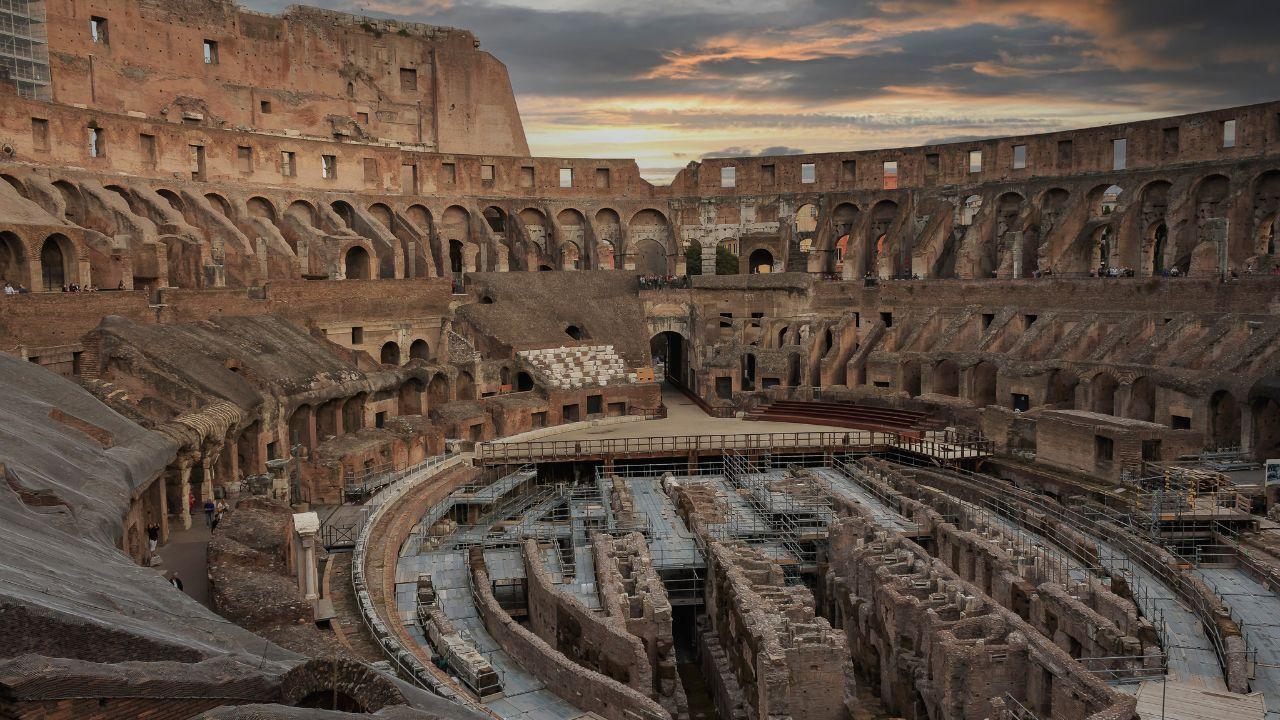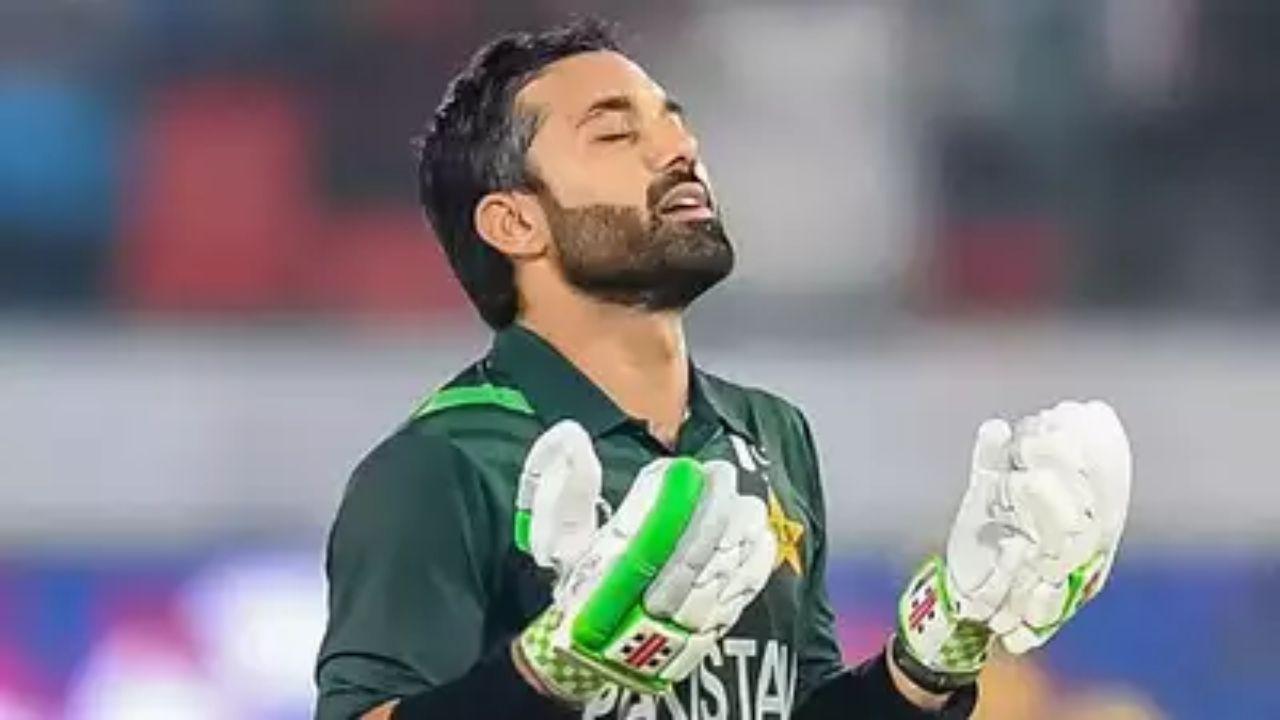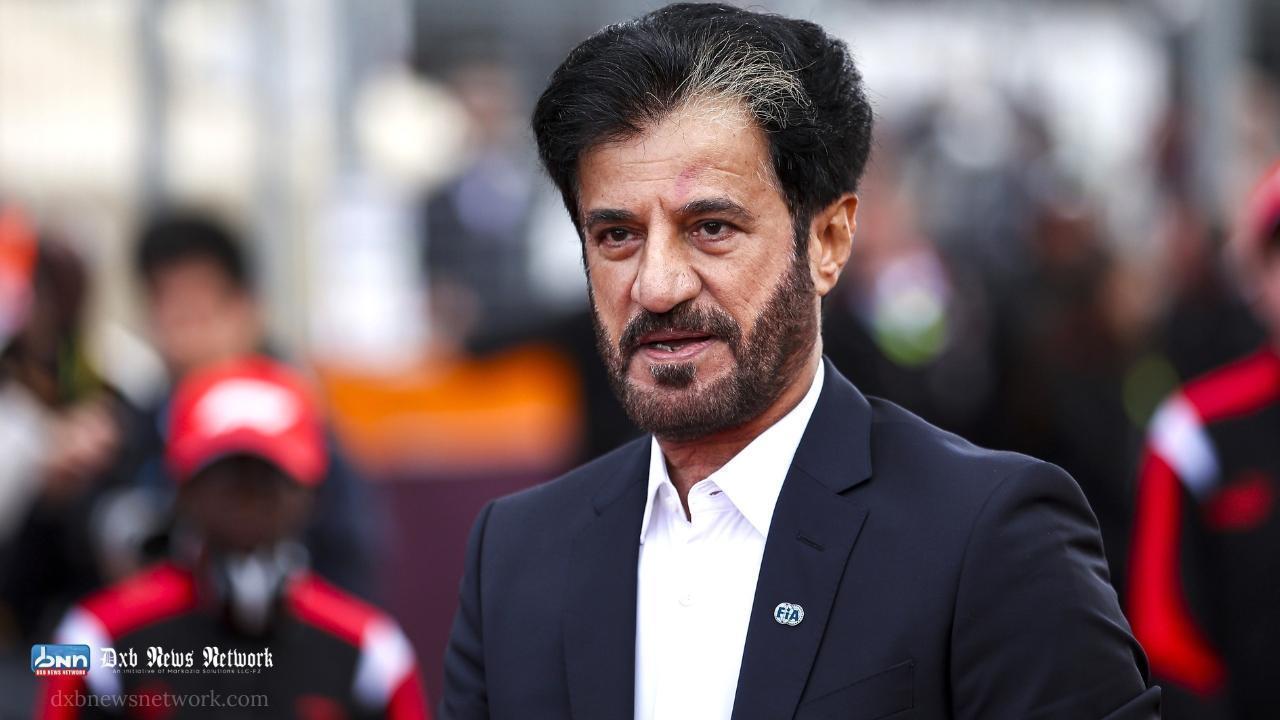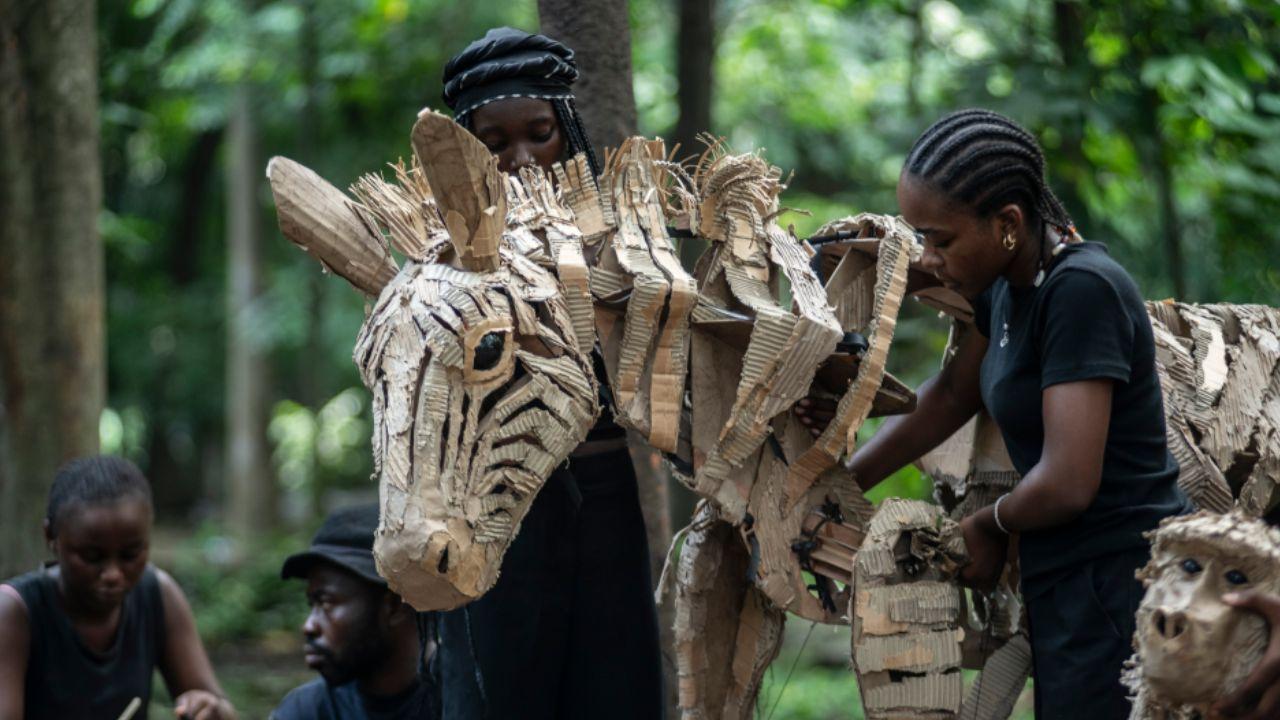
Post by: Vansh Kumar
Throughout human history, people have shared stories for a variety of reasons: to explain natural phenomena, to entertain, or to pass down important lessons. But the question arises, how can we determine whether something really happened or is simply a story? The distinction between history, myth, and legend is often unclear, leaving us to question whether the events we hear about are based on fact or fiction. This article explores how we can distinguish between what is a genuine historical event and what is just a story.
The first step in understanding whether something really happened or is just a story is to understand the differences between history, myth, and legend. History refers to real events that have occurred and are documented through reliable sources such as records, eyewitness accounts, and archaeological evidence. Myths, on the other hand, are traditional stories that aim to explain natural events, customs, or beliefs. They are symbolic rather than literal and are deeply ingrained in the cultural fabric of societies. Legends are similar to myths, but they are usually based on real events or people. However, these stories often undergo exaggeration or embellishment as they are passed down through generations, turning them into grand tales that may not fully align with the facts.
When we seek to understand whether something really happened or is just a story, the answer often lies in the evidence available to us. Written records, such as ancient texts, manuscripts, and books, offer important insights into past events. However, it is crucial to assess the reliability of these records—whether they were written by someone with firsthand knowledge or someone with biases. Archaeological evidence is another essential tool in verifying historical events. Artifacts, ruins, and ancient structures can help us piece together a more accurate picture of the past. Furthermore, eyewitness accounts can provide valuable information, but we must be careful when evaluating them, as people’s recollections may be influenced by personal biases or emotional attachments. Scientific methods such as carbon dating, DNA analysis, and geological studies help confirm the age and authenticity of artifacts and fossils, adding another layer of validation to historical facts.
In the past, before the advent of written language, stories were passed down orally from generation to generation. These oral traditions played a significant role in shaping how we understand the past. However, stories told in this way are often subject to change as they are retold. Each retelling can add new details, alter existing facts, or emphasize particular elements of the story, making it difficult to determine what truly happened. As a result, historical events may transform into myths or legends as they are passed through the filter of time and human imagination. For example, the tale of King Arthur, often regarded as a legend, might have originated from real figures and events, but it was shaped into a grand myth with elements of magic, heroism, and fantasy. This demonstrates how historical events can evolve into larger-than-life stories over time.
Another challenge in determining if something truly happened or is just a story lies in the biases of the source. Every storyteller, whether ancient or modern, brings their own perspective to the narrative. Historians themselves are not immune to bias—they may interpret events based on their personal or cultural background, political views, or societal values. Additionally, history is often written by those in power, meaning that the recorded accounts may reflect the views of the victors while downplaying or omitting the perspectives of the defeated. This bias is important to consider when evaluating whether an event actually happened as described or whether the story has been altered to serve a particular agenda.
To understand whether something truly happened or is just a story, we must also examine the context in which the event is told. History, myths, and legends are often influenced by the time period, societal values, and cultural norms in which they are recorded. For example, an event considered significant in one culture might be overlooked or interpreted differently in another. The context helps us understand why certain events were remembered or exaggerated. While historical facts are meant to preserve the truth of what happened, myths and legends often serve to explain the unexplainable or teach moral lessons. Both are valuable in their own right, but we must understand their different purposes when trying to distinguish fact from fiction.
Modern technology plays a critical role in helping us verify whether something truly happened or is just a story. Advances in fields like DNA analysis, satellite imaging, and digital archives have revolutionized the way historians and archaeologists uncover the truth about the past. Techniques such as carbon dating allow scientists to determine the age of objects, while satellite imagery enables researchers to detect ancient ruins and other significant sites from the air. Digital tools also allow historians to compare ancient texts and detect discrepancies, helping to identify what is likely fact and what is likely fiction. These technological tools provide an added layer of verification, making it easier to separate history from story.
In this article, we explore how we can determine whether something truly happened or if it is simply a story. We distinguish between history, myths, and legends, understanding their different purposes and how they shape our perception of the past. The role of evidence, such as written records, archaeological findings, and eyewitness accounts, is crucial in verifying historical events. Oral traditions and biases also play significant roles in how stories are passed down and modified over time. With advancements in modern technology, such as DNA analysis and satellite imaging, we are now better equipped to verify the truth of historical events. By analyzing these factors, we gain a deeper understanding of how stories evolve and how we can uncover the truth behind them.
The views and opinions expressed in this article are for informational purposes only and do not necessarily reflect the official position of dxb news network.
#trending #latest #History #Myth #Legend #Truth #Story #Evidence #HistoricalEvents #OralTraditions #ModernTechnology #FactVsFiction #breakingnews #worldnews #headlines #topstories #globalUpdate #dxbnewsnetwork #dxbnews #dxbdnn #dxbnewsnetworkdnn #bestnewschanneldubai #bestnewschannelUAE #bestnewschannelabudhabi #bestnewschannelajman #bestnewschannelofdubai #popularnewschanneldubai

Discover how AI drives innovation and transforms modern technologies...Read More.

The Al Shifaa Summit 2025 in Abu Dhabi will unite global experts to advance Integrative Medicine, blending traditional and modern healthcare practices...Read More.














Rizwan Says English Isn’t a Must, Only Cricket Matters
Mohammad Rizwan proudly says he’s not ashamed of poor English. For him, playing cricket for Pakistan

Nightclub Roof Collapse in DR: Death Toll Hits 226
226 dead in Dominican nightclub collapse; nation mourns as families seek answers

Middle East’s Growing Influence in Formula 1 Recognized by FIA President Mohammed Ben Sulayem
Middle East’s Growing Influence in Formula 1 Recognized by FIA President Mohammed Ben Sulayem

'The Herds' starts journey from Africa to the Arctic Circle
‘The Herds,’ a cardboard animal show, starts in Congo to show how climate change pushes nature away.

Millie Bobby Brown explores Dubai in new campaign
Millie Bobby Brown stars in a fun Dubai film with Jake Bongiovi, sharing her journey through city st